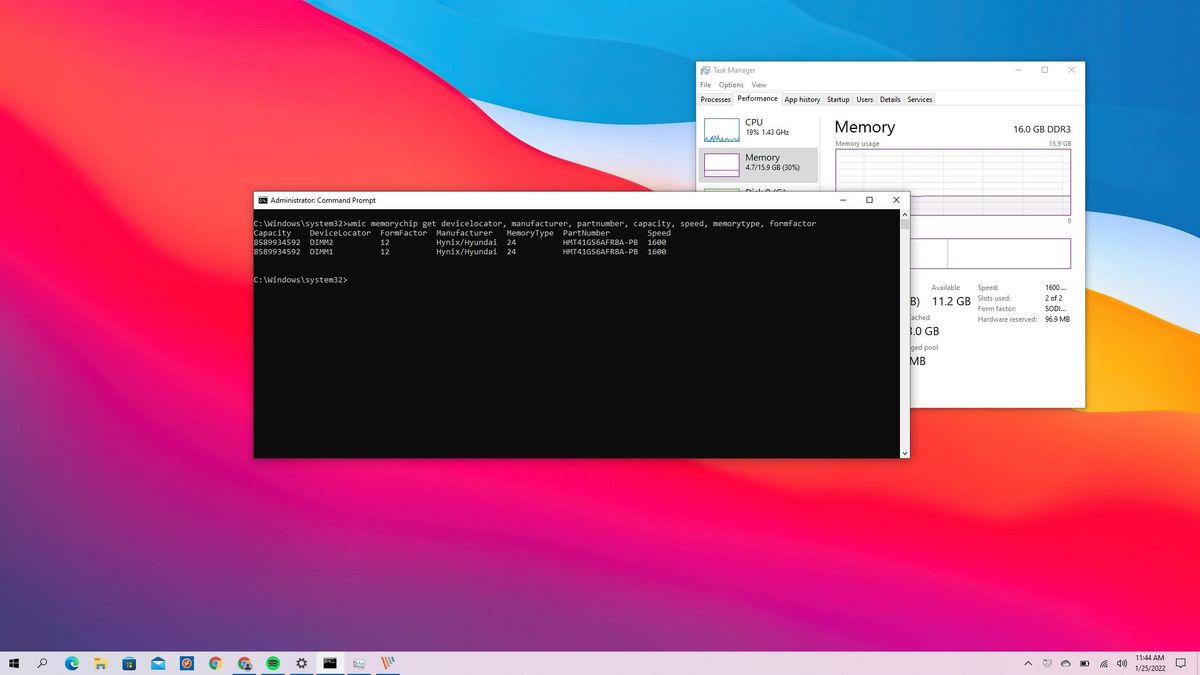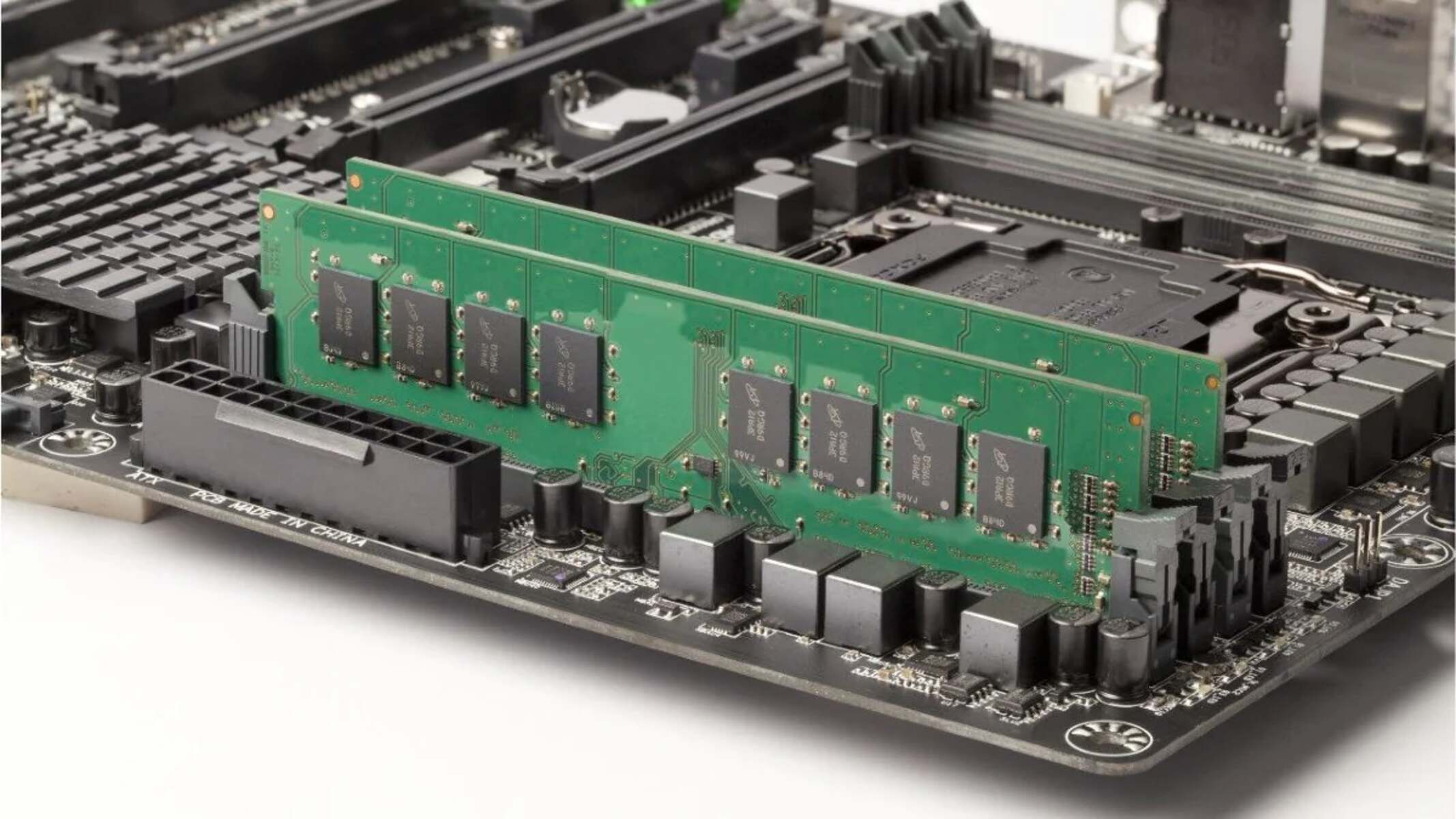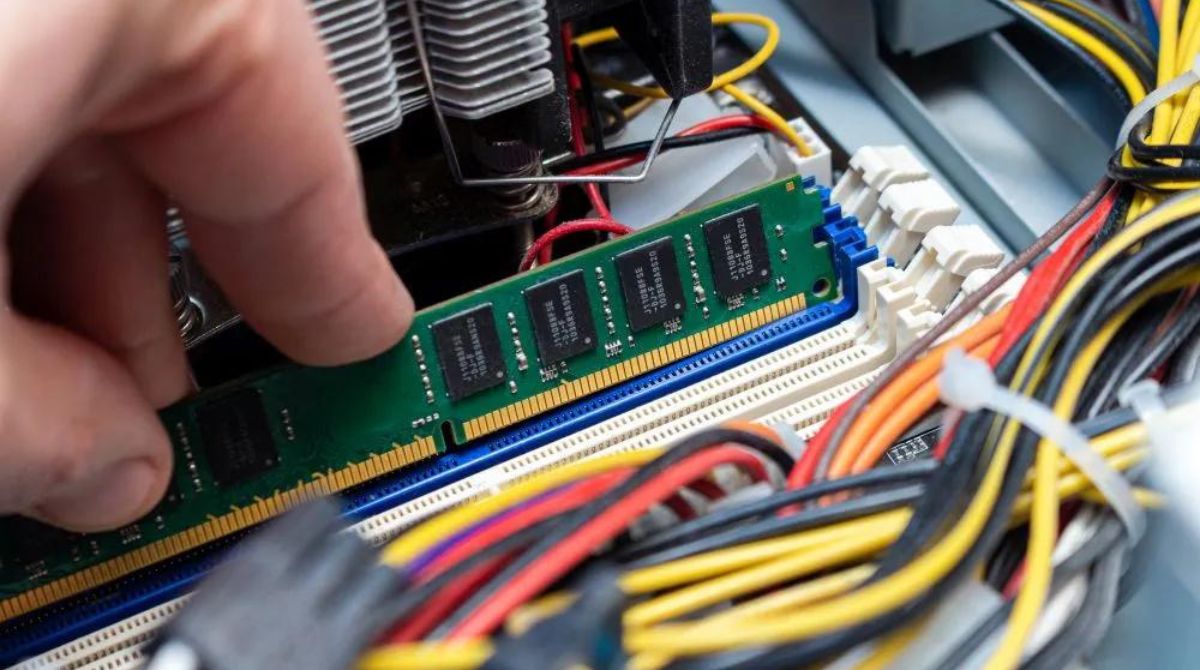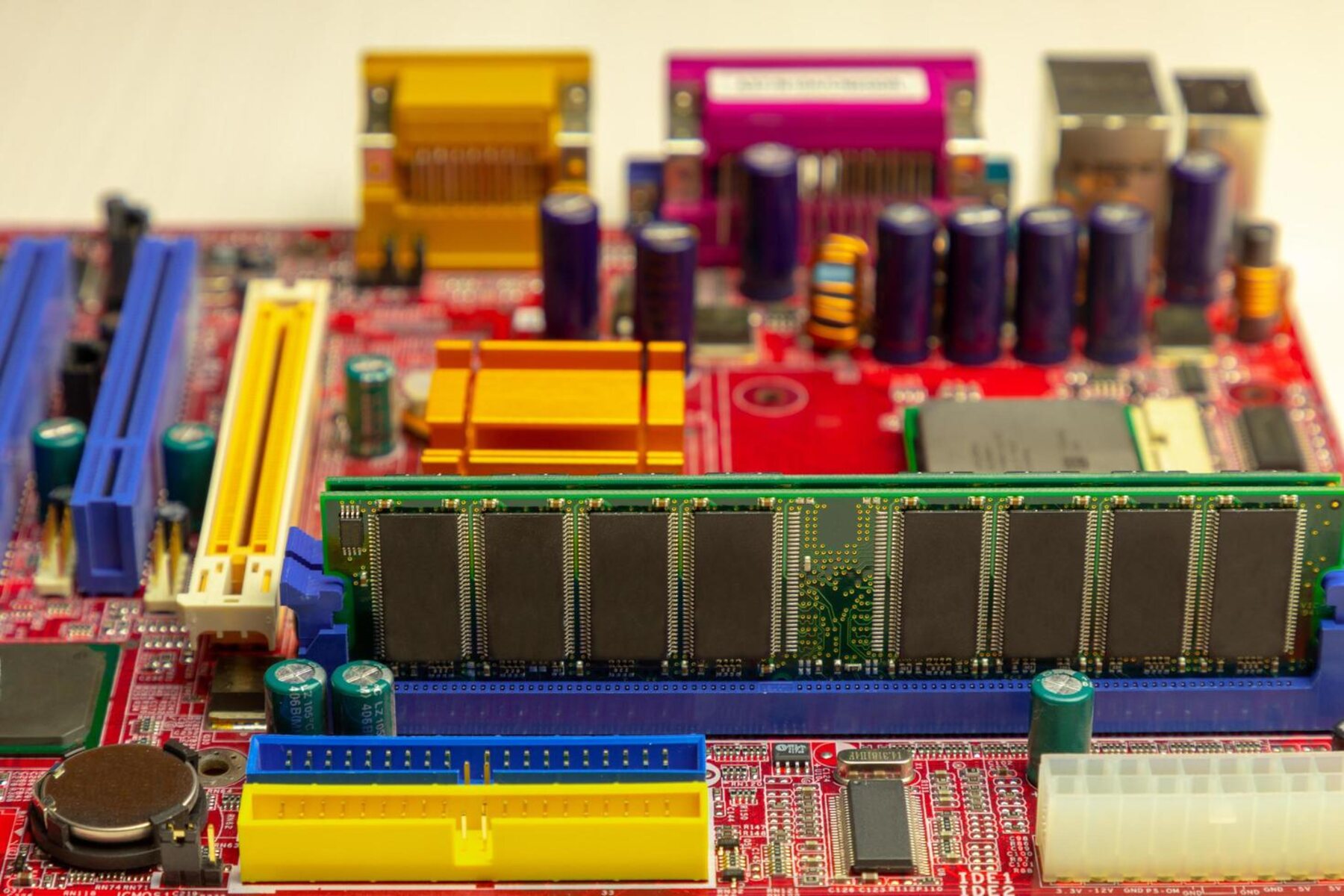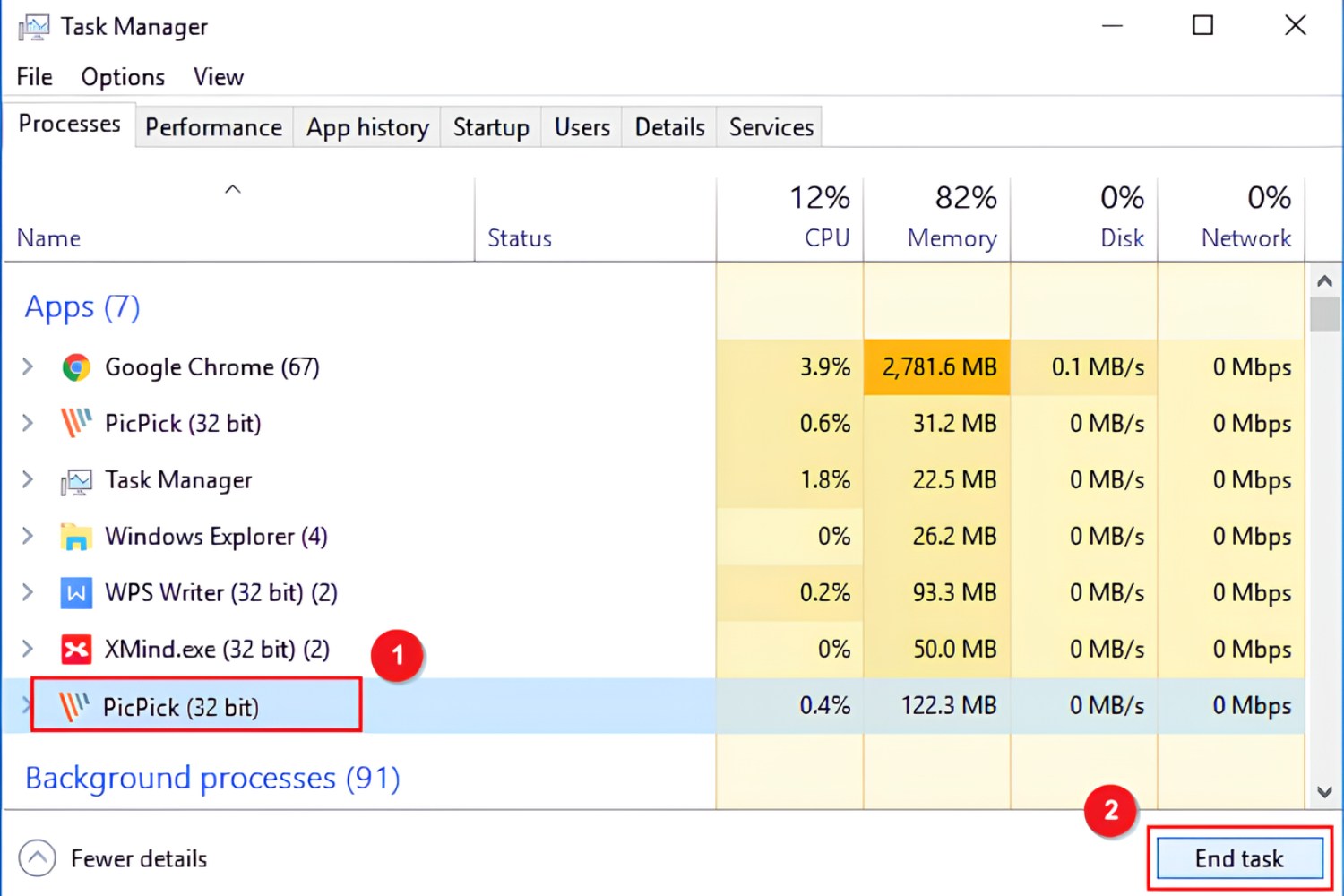Introduction
Welcome to our guide on how to find out the RAM type on Windows 10. Knowing the RAM type of your computer is essential, especially if you are planning to upgrade or replace your current RAM module.
Random Access Memory (RAM) is a critical component of your computer that plays a crucial role in its performance. It is responsible for storing temporary data and instructions that the processor needs to access quickly. Different types of RAM, such as DDR3, DDR4, or DDR5, have varying speeds, capacities, and compatibility with your computer system.
While you can physically check the label on your RAM module to determine its type, this method is not always practical, especially if you want to find out the RAM type without opening your computer. Fortunately, Windows 10 provides several methods to identify the RAM type without the need to physically inspect the hardware.
In this guide, we will walk you through four easy methods to find out the RAM type on Windows 10: using Task Manager, System Information, Command Prompt, and PowerShell. These methods provide different approaches to retrieve the information you need. Whether you are a beginner or an advanced user, one of these methods will surely work for you.
So, let’s dive in and explore how you can find out the RAM type on your Windows 10 computer!
Method 1: Using Task Manager
The first method we will explore is using the Task Manager, a built-in utility in Windows 10 that provides real-time information about the performance of your computer.
To access the Task Manager, right-click on the taskbar and select “Task Manager” from the menu. Alternatively, you can press Ctrl+Shift+Esc on your keyboard.
Once the Task Manager window is open, make sure you are in the “Processes” tab and click on the “Performance” tab at the top of the window. Here you will find detailed information about CPU, GPU, disk usage, and, of course, memory.
Under the “Memory” section, you will see the amount of RAM installed on your computer along with other memory-related data. To find out the RAM type, click on the “Memory” tab at the top of the window.
In the “Memory” tab, you will see information about the RAM slots, speed, form factor, and type. Look for the “DDR” followed by a number (e.g., DDR4) to identify the RAM type installed on your system.
Please note that the Task Manager may not provide detailed information about the RAM type if you have multiple RAM modules with different types installed. In that case, it is recommended to use other methods mentioned in this guide to verify the RAM type.
Using Task Manager to find out the RAM type is a quick and convenient method, especially if you need to gather basic information about your computer’s memory without using any additional tools or commands.
Now that you know how to use Task Manager to find out the RAM type, let’s move on to the next method to explore another way to retrieve this information.
Method 2: Using System Information
Another straightforward method to find out the RAM type on Windows 10 is by using the built-in System Information tool. This tool provides detailed information about your computer’s hardware and software configuration, including the RAM type.
To access System Information, press the Windows key + R on your keyboard to open the Run dialog box. Then, type “msinfo32” (without the quotes) and hit Enter.
Once the System Information window opens, you will see a summary of your computer’s configuration. On the left-hand side, you will find a list of categories. Click on the “+” icon next to “Hardware Resources” to expand the category.
Under “Hardware Resources,” click on “Memory” to view detailed information about your computer’s RAM modules.
In the right-hand pane, you will find a list of all the RAM modules installed on your system. Look for the “Memory Type” field to identify the RAM type. It will typically be mentioned as “DDR” followed by a number (e.g., DDR4).
In addition to the RAM type, System Information provides various other details about each RAM module, such as the manufacturer, serial number, capacity, and more.
Using System Information is a reliable method to find out the RAM type on Windows 10, as it provides a comprehensive overview of your computer’s hardware configuration.
Now that you have learned how to use the System Information tool, let’s move on to the next method to explore an alternative approach to finding the RAM type on your Windows 10 computer.
Method 3: Checking with Command Prompt
Command Prompt is a powerful tool in Windows that allows you to perform various tasks, including retrieving information about your computer’s hardware. It is another method you can use to find out the RAM type on your Windows 10 system.
To open Command Prompt, press the Windows key + R on your keyboard to open the Run dialog box. Then, type “cmd” (without the quotes) and press Enter, or you can search for “Command Prompt” in the Start menu and open it from there.
Once the Command Prompt window appears, simply type the following command and press Enter:
wmic memorychip get MemoryType
The command will display the memory type of each RAM module installed on your computer. The MemoryType value will indicate the RAM type. For example, type “21” corresponds to DDR4, “20” corresponds to DDR3, and so on.
If you have multiple RAM modules installed, each will be listed separately along with its corresponding MemoryType value.
Using Command Prompt to find out the RAM type is a simple and effective method, providing you with the necessary information quickly. It is especially useful if you prefer using the command-line interface or need to retrieve the RAM type from a remote computer.
Now that you know how to use Command Prompt to find the RAM type, let’s move on to the final method to explore another option to obtain this information.
Method 4: Using PowerShell
Powershell is a powerful command-line scripting language that is built on the .NET Framework. It provides an extensive range of functions and modules that can be used to retrieve information about your computer’s hardware, including the RAM type.
To access PowerShell, press the Windows key + X on your keyboard and select “Windows PowerShell” (or “Windows PowerShell (Admin)”) from the menu. Alternatively, you can search for “PowerShell” in the Start menu and open it from there.
Once PowerShell is open, type the following command and press Enter:
Get-WmiObject -Class Win32_PhysicalMemory | Select-Object Manufacturer, MemoryType
This command will display detailed information about each physical memory module installed on your computer, including the manufacturer and memory type.
Look for the “MemoryType” column to identify the RAM type. The MemoryType value will correspond to a specific RAM type, such as “21” for DDR4, “20” for DDR3, and so on.
If you have multiple RAM modules installed, each module will be listed separately along with its corresponding MemoryType value.
Using PowerShell is a comprehensive method to find out the RAM type on Windows 10, providing detailed information about each RAM module installed on your system.
Now that you know how to use PowerShell to find the RAM type, you have explored all four methods to obtain this information on your Windows 10 computer.
Conclusion
Identifying the RAM type on your Windows 10 computer is crucial for various reasons, such as upgrading or troubleshooting your system. In this guide, we explored four methods to find out the RAM type: using Task Manager, System Information, Command Prompt, and PowerShell.
The Task Manager provides a quick and convenient way to check the RAM type, along with other memory-related information. System Information offers a detailed overview of your computer’s hardware configuration, including the RAM type. Command Prompt provides a simple command to retrieve the MemoryType value associated with each RAM module. And PowerShell offers a comprehensive method to obtain detailed information about the RAM type for each physical memory module.
By using these methods, you can easily determine the RAM type installed on your Windows 10 system without the need to physically inspect the hardware.
Remember, knowing the RAM type is essential when upgrading or replacing your RAM module, as different RAM types have varying speeds and compatibility with your system. It is recommended to cross-check the RAM type using multiple methods to ensure accuracy.
Whether you are a beginner or an advanced user, one of these methods will allow you to find out the RAM type on your Windows 10 computer. Choose the method that suits your preferences and needs.
We hope this guide has been helpful to you in discovering the RAM type on your Windows 10 system. Now you have the knowledge and tools to determine your RAM type and make informed decisions regarding your computer’s memory configuration.







